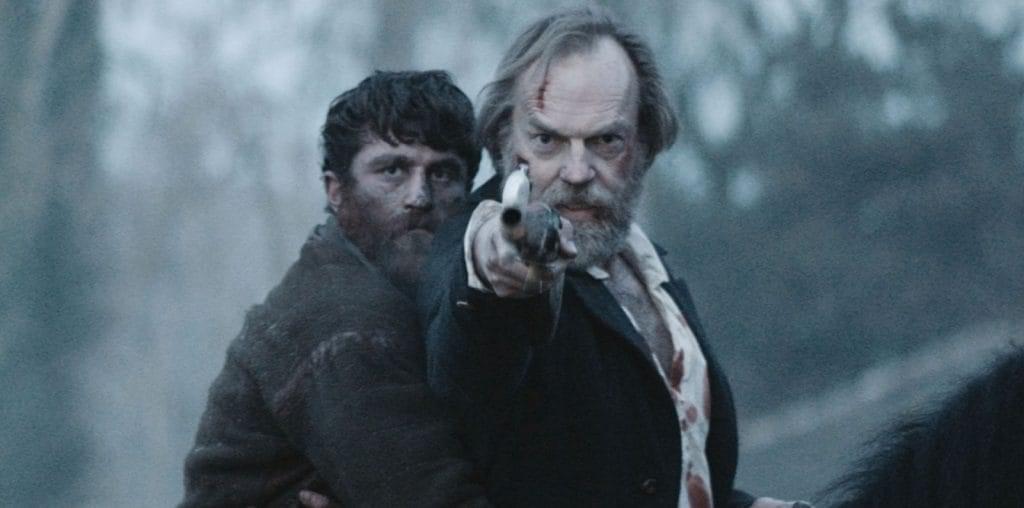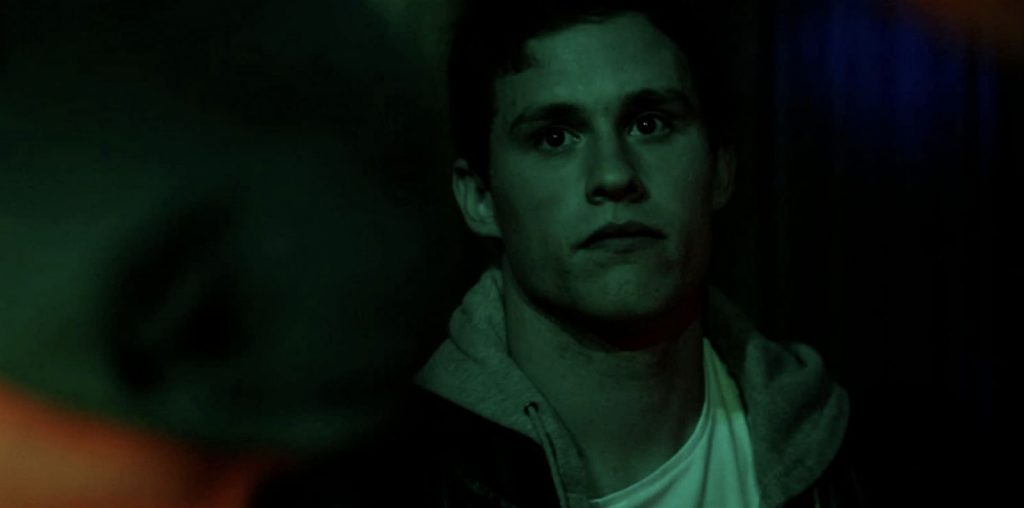
Michael Mayer’s “A Home at the End of the World,” based on the novel by Michael Cunningham (who also penned the screenplay), is the story of two men who, after meeting as teenagers and becoming brothers of a sort, forge a relationship that takes them well into adulthood. Along the way, they enter an odd love triangle with an older woman and learn (one assumes) valuable lessons on love and the nature of family. The novel, unfortunately, is a largely internal exercise. Most of the action in the book takes place in the characters’ heads, which makes a full-length film based on it a problematic exercise at best. The end result is a slow (occasionally glacially) paced movie that relies more on soulful facial expressions than dialogue that honestly represents what the characters are feeling.
The story begins in 1967-era Cleveland, a hotbed of countercultural activism if ever there was one. 9-year old Bobby Powell (Andrew Chalmers) is receiving an education from his big brother Carlton on the nature of women and how best to enjoy half a tab of windowpane. Things go swimmingly for our young protagonist until Carlton crashes his mother’s party, literally, and dies. Moving forward six years, and adolescent Bobby (Erik Smith) lives with his father (mom apparently died a few years earlier) and befriends an introverted and dentally challenged Jonathan Glover. Bobby’s open attitude towards narcotics (he begins supplying Jonathan’s mom, played by Sissy Spacek, with weed) and sexual experimentation with Jonathan seem perfectly natural to him, and all is well. Then Bobby’s dad dies, and he moves in with the Glovers as their second son.
The next time we check in on Bobby (now a shaggy Colin Farrell), it’s 1982. He’s working in a bakery, while Jonathan (Dallas Roberts) has moved to New York City. When the Glovers decide to retire to Arizona, Bobby leaves Cleveland for NYC and moves in with out and proud Jon and Jon’s f*g hag friend Clare (Robin Wright Penn). He eventually wows Clare with his doe eyes and complete lack of visible personality, and the two become an item. Jon is irritated at Bobby once again horning in on his life, while Clare has apparently had the hots for Jon the whole time. Bobby, for his part, seems content to stare at everyone in a perplexed fashion and look like Colin Farrell.
For a two hour movie, surprisingly little happens in “A Home at the End of the World.” First time director Mayer’s languid style is no doubt meant to give us a sense of the inner dialogues going on to which we can’t be privy, but more likely than not audiences will be sneaking glances at their watches. The film also leaves no gay cinema cliché unturned, from Bobby and Jonathan’s sexual awakening to Clare’s resentment at her third wheel status to Jonathan’s ultimate fate (he’s a gay man in early ‘80s New York City who enjoys random sexual encounters…figure it out).
It’s not that the theme – love and family are possible in the strangest of places – is hard to pick up on, it’s just that we get the message 45 minutes into the film. The rest, padded with long reaction shots and the obligatory period soundtrack (albeit one nicely spiced up with Laura Nyro and Leonard Cohen), is competently shot and pretty to look at, but ultimately redundant. There are some fine performances, especially Robin Wright Penn and Sissy Spacek (who, admittedly, brings a great deal of “In the Bedroom’s” Ruth Fowler to the role), others not so much. Newcomer Dallas Roberts doesn’t catch much of a break, since the character of Jonathan – as written here – has the emotional complexity of a Mack Bolan novel. And while it’s apparent that Farrell is trying to project Bobby’s deep sense of melancholy and fear at being left alone, he mostly comes across as a well-meaning lummox.
There are parts of “A Home at the End of the World” that stand out, but they come early on in the film and fade from memory as the tired romantic angle takes hold. Far from being groundbreaking independent cinema, “A Home” feels like just another prefab production.

